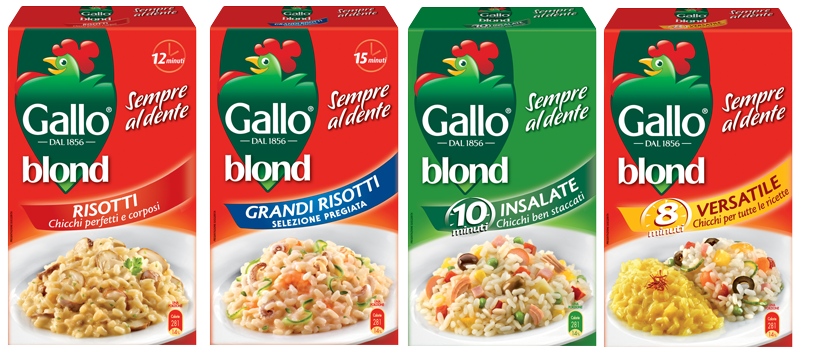22. feb 2015 14:13
Pa še razlike v hranljivosti (sicer v ang.):
Brown rice is the whole grain, which includes the outer hull (also called the "bran.") It's unprocessed and contains the most fiber and vitamins.
White rice is brown rice that has had the bran removed through that milling process I discussed earlier. This means that it loses some of its fiber and most of it's nutrients, since many of the vitamins are concentrated in the bran.
Parboiled rice is white rice that has been "pre-cooked" before being packaged. Minute Rice is par-boiled. This means you can cook it in just a few minutes, versus 20-30 minutes for brown or white rice. However, it has the lowest amount of nutrients of all three types of rice, since some of the vitamins and minerals have leached out during the parboiling process. It's certainly convenient, but not particularly healthy.
In terms of the impact that each type of rice has on gaining fat, rice overall is only fattening because of how each type impacts blood sugar, which controls how the body uses and store carbohydrates as fat.
Any time you eat more calories than your body needs, whether that's fresh veggies or parboiled rice, the excess calories will be stored as fat.
However, unprocessed fiberous foods have certain advantages over processed foods in that they do not spike blood sugar, which discourages fat storage even when you overeat. So when you eat unprocessed whole grain brown rice, the fiber slows digestion and doesn't cause a rapid increase in blood sugar. This means that you don't have a "carb crash" a few hours after you eat.
Parboiled rice, on the other hand, can cause a fast release of insulin which will spike blood sugar levels. When your blood sugar levels are too high, the body has problems burning the sugar as fuel, and instead socks it away as bodyfat. I'm oversimplifying a complex metabolic process, but you get the point.
Bottom line is choose the brown over the white and leave the parboiled alone.
Life is war against boredom~



